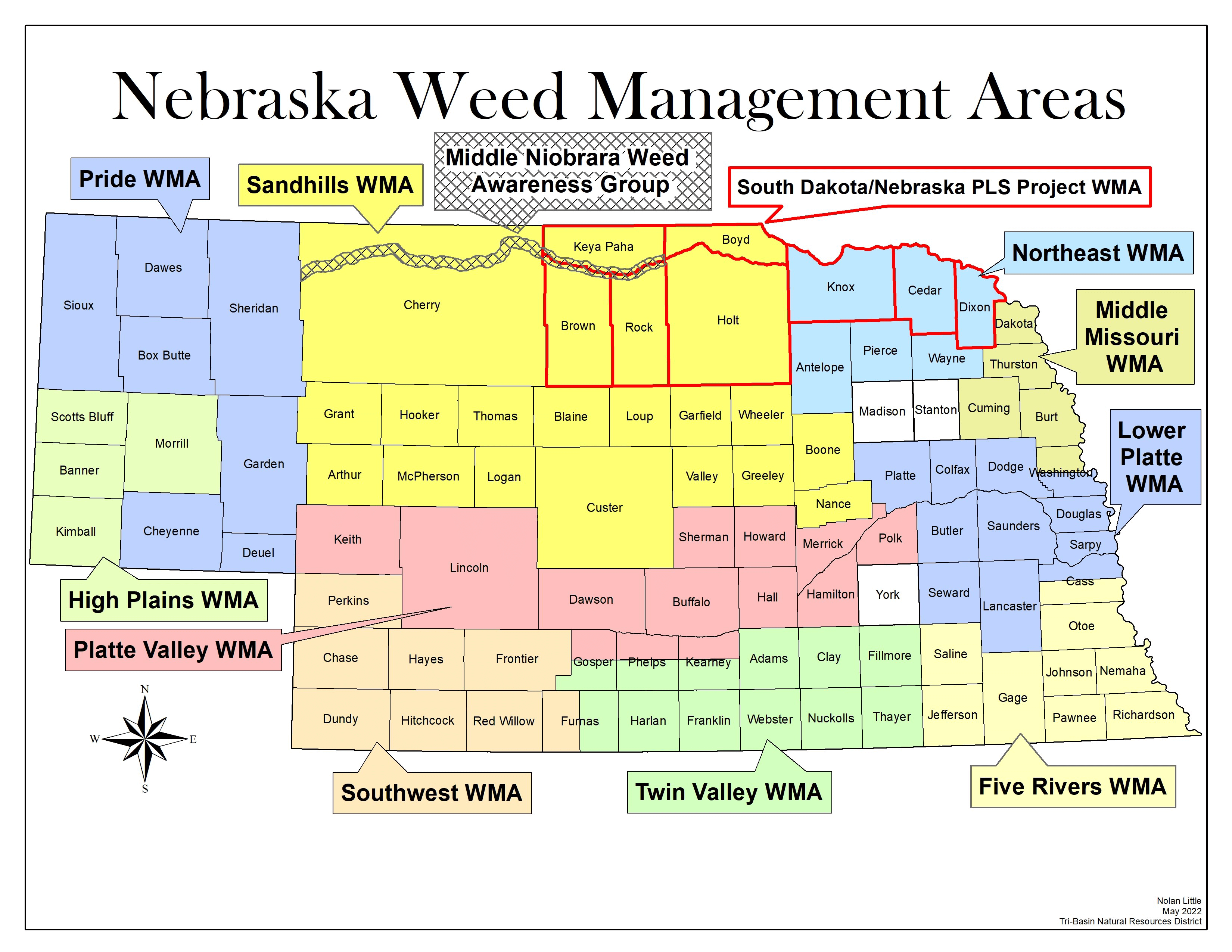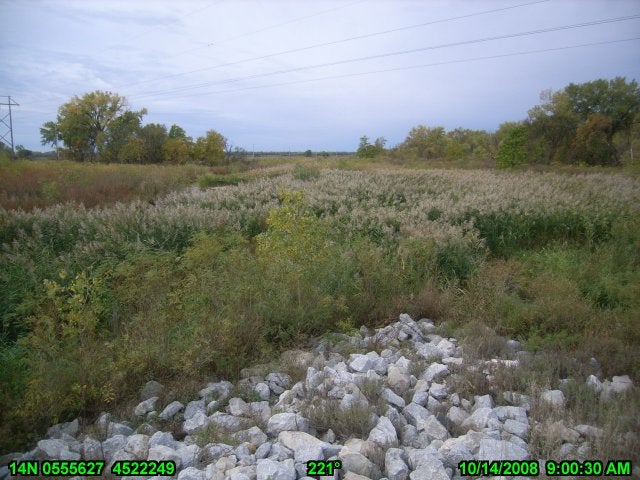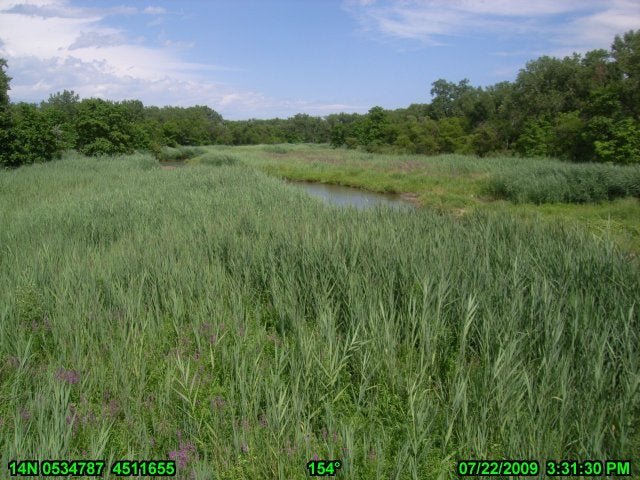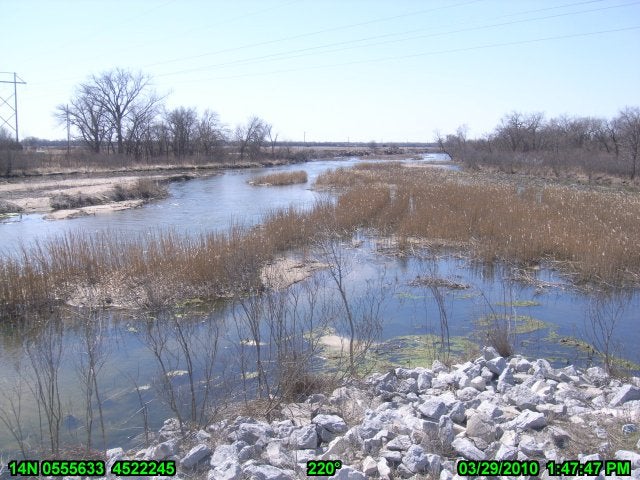Antelope County Weed Control
Total Dollars Requested: $5,000
Total Dollars Funded: $0
This project is for the control of invasive Yellow Flag Iris within the Elkhorn River floodplain and its tributaries. The funds will be used to purchase aquatic herbicides and drone applicator contracting. The goal of the project is to restore or maintain stream flows and water conveyance within the Elkhorn River drainage and improve water access for livestock, wildlife and recreational use in Antelope County.
Papio-Missouri River NRD
Total Dollars Requested: $200,000
Total Dollars Funded: $0
The Lower Platte Weed Management Area (LPWMA) was established in 2003 with the mission to improve the health of the riparian areas throughout the Lower Platte River & Tributaries for the benefit of the landowners, recreationists, and the public. The benefits that the project provides to Nebraskans include improvements to stream flow, channel conveyance, water for human consumption and livestock, recreation and wildlife habitat. Implementation of the project is through a collaborative effort between the LPWMA Counties (Lancaster County, Butler County, Cass County, Dodge County, Douglas County, Platte County, Sarpy County, Saunders County, Seward County, Washington County, Colfax County) and its partners; Lower Platte South NRD, Lower Platte North NRD, Papio-Missouri River NRD (Papio NRD), Nebraska Game and Parks, and private landowners. The project work includes surveying the Lower Platte River and tributaries for invasive species, namely phragmites but also other invasive weed species, marking the areas with GIS data points and providing that gathered data to our contractors for treatment whether that be aerial spraying by helicopter, drone or air boat. Providing GIS data for spot treatment assures we are extremely efficient and effective in our approach to controlling flow-restrictive vegetation. The LPWMA is proud to partner with an extensive group of private landowners, local companies and utilities, County, NRDs, State and Federal agencies. All members of the Lower Platte Weed Management Area (LPWMA) are active partners and contribute countless hours to the success, financing and administration of the project.
Platte Valley WMA
Total Dollars Requested: $300,000
Total Dollars Funded: $300,000
During the draught years of 2000-2006 invasive species infested and formed thick monocultures within the Platte River of central Nebraska reducing flow conveyance, reducing wildlife habitat, increasing water consumption by invasive vegetation and reducing the ability of irrigators to divert Platte River flows. The choking of river channels by invasive vegetation is causing low land flooding throughout much of the project area that requires a system wide approach for control while targeting specific areas. With the thousands of acres of infestation, lack of defined ownership and herbicide restrictions/need of specialized vehicles for application landowners cannot effectively control the invasive vegetation. Platte Valley and multiple partners have collaborated on this issue since 2008 and have shown great steps but yearly maintenance and expansion of control on remaining acres is needed along with a cost share program to private landowners. PVWMA preforms yearly monitoring to evaluate control measures and ensures long-term efficacy is being achieved. WMA will also implement and Early Detection and Rapid Response approach on new invasive plant species that are detected along the Platte River. PVWMA partners with other WMAs on education and outreach through two landowner mailings per year along with one-on-one contacts by county weed districts. PVWMA works along approximately 356 river miles of the Platte River and controls approximately 2,500 acres of invasive species a year. PVWMA is asking for $300,000.00 that will match obligations from partners to a total of $600,000.00 yearly project expenses.
Sandhills WMA
Total Dollars Requested: $117,360
Total Dollars Funded: $0
The Sandhills Rivers Project will improve streamflow conveyance and riparian health across 20 counties in the Sandhills ecoregion of the state that sits over the Ogallala Aquifer. The project aims to remove problematic invasive plant species, including phragmites, purple loosestrife, and yellow flag iris, along 19,500 miles of riparian areas. These areas include 12,580 miles of flowing rivers and streams in the region that can directly transport invasive plant seeds downstream to other areas, leading to increased unwanted vegetation reproduction, water contamination, and reduced water flow conveyance in other regions of the state. The project will target areas along the Calamus, Cedar, Dismal, Middle Loup and North Loup, all rivers that flow directly into the Platte River, preventing downstream contamination. Surveying will be conducted via helicopter and airboat utilizing contractors along 191 miles of river and creeks within the region with chemical spraying to follow using Polaris, Trycera, and/or DLZ Surfactant. The project includes a chemical cost share program for landowners within the region to provide them with the aquatic herbicide Trycera for free to independently treat riparian areas on their properties. By partnering with the Loup Basin Resource & Development Council, Middle Niobrara Weed Awareness Group, county weed control authorities, and private landowners, the project will manage and control unwanted vegetation across 15,538,700 acres, or 31.4% of the entire state, to improve water availability, quality, recreation opportunities, and riparian habitat for all Nebraskans.
Southwest Weed Management
Total Dollars Requested: $75,000
Total Dollars Funded: $33,000
Southwest Weed Management proposes to utilize grant funds from the Nebraska Department of Agriculture to improve stream flow in the Upper Republican River Basin. These projects would consist of mechanical removal of fallen trees and other debris in stream channels. Our main target area is Medicine Creek downstream of the NCORPE augmentation well field. It is vital that this water reaches the Republican River to ensure the State of Nebraska's compliance with the Republican River Compact. Another project will be chemical treatment of phragmites clogging the Republican River channel. These areas will be identified with cooperation from the county weed superintendents in the Southwest Weed Management operational area. This will primarily be Dundy, Hitchcock and Red Willow counties. Licensed applicators using approved herbicides will be contracted for this spraying project.
Twin Valley Weed Management Area
Total Dollars Requested: $20,000
Total Dollars Funded: $20,000
The highly successful Eastern Republican/Little Blue Watershed Improvement Project continues ongoing efforts to eradicate invasive species, control vegetation in stream channels, and improve riparian habitat along the Republican and Little Blue Rivers and their tributaries within our nine counties. This means that we will continue to utilize control efforts for this project by operating in a holistic manner, utilizing mechanical, biological, and chemical tools. This program will continue to build upon previous years’ efforts. TVWMA has undertaken the job to improve stream flow along the Republican and Little Blue Rivers to assist Nebraska in meeting its water delivery obligations to Kansas by utilizing different methods of delivery. By focusing on the entire watershed area, restoration and maintenance of healthy river systems prevents wasteful degradation of water resources, improves riparian habitat, and increases public awareness of the best practices that can be used to properly manage lands within the watershed. The weed superintendents have taken it upon themselves to keep the Republican River clean with the help of TVWMA. This year TVWMA wants to focus more on the Little Blue River to help promote water conveyance. TVWMA wants to complete a survey of the Little Blue River to get a detailed plan in place of how to clean out the river in future projects and to do some chemical application this year.



